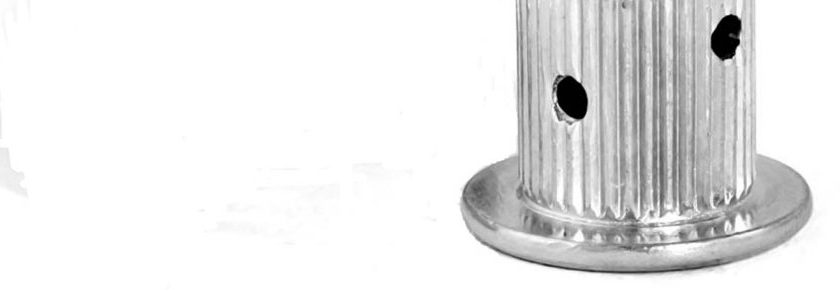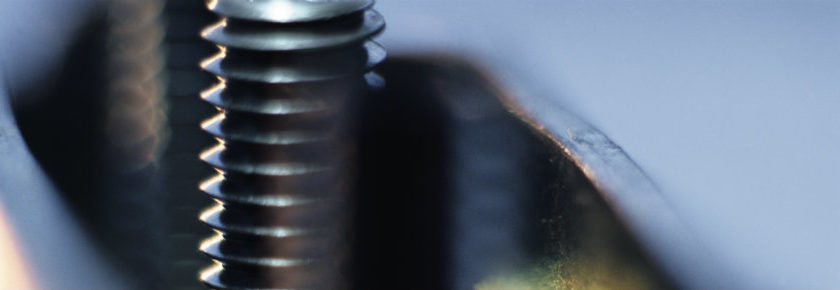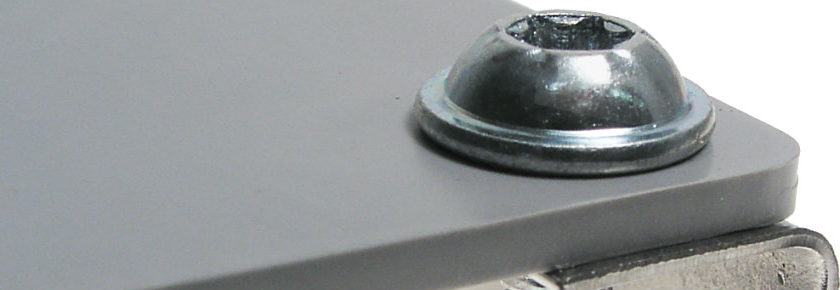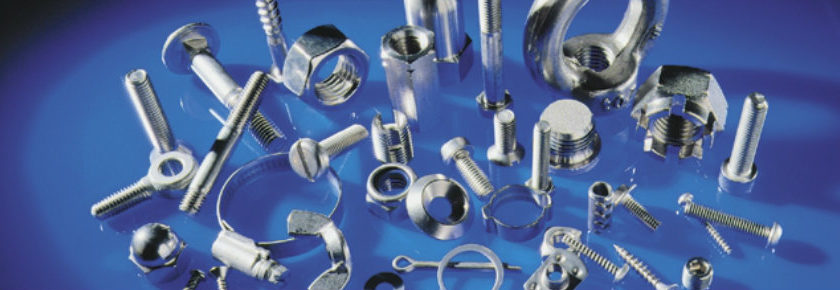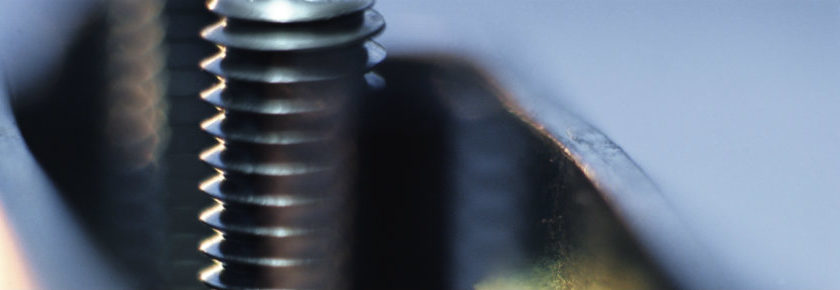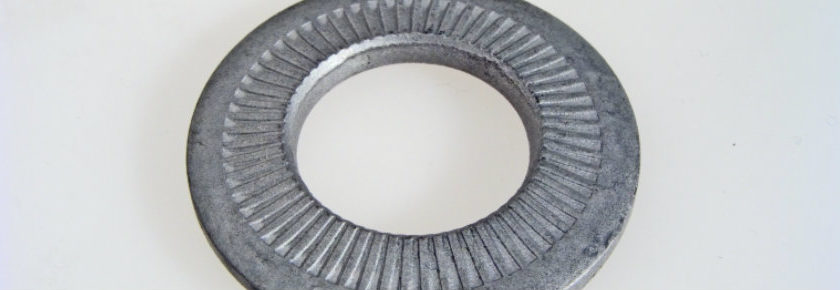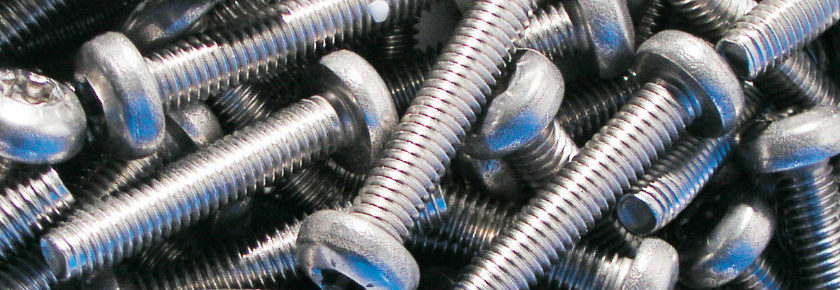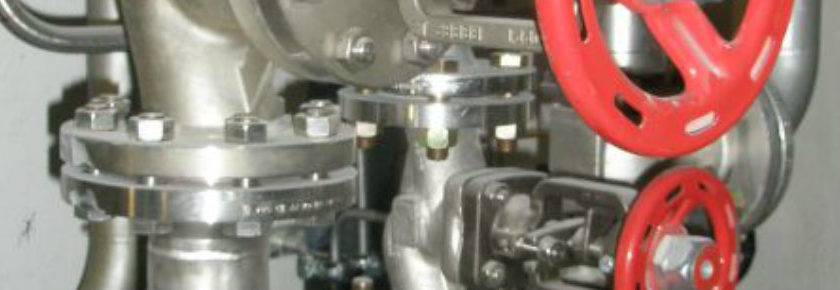Rivet nuts were discussed in a previous blog, but what tools are required to install this type of fastener?
Hand Tools
Smaller rivet nuts can easily be set by hand using simple tools. The nuts are threaded onto a mandrel by hand, inserted into the hole and then using a mechanical lever action, the mandrel is pulled into the tool causing the nuts to collapse on the back side of the hole. The tool must then be manually rotated in reverse to disengage from the nut.
Spin/Spin Tools
These tools are typically pneumatic and have three stages. The first spin assembles the nut onto the threaded mandrel. The nut is then placed into the prepared hole, and the second stage spin collapses the nut on the backside of the hole creating a bulge. This bulge squeezes the material, and secures it into place. The third stage reverses the rotation and backs the mandrel out of the nut. These tools are the lowest cost power tools, but can be a bit fussy about hole size. Too large of a hole can allow the rivet nut to spin and not collapse. The pressure that the nut applies once the bulge is formed is controlled by the amount of torque that the gun creates, so consistency can be an issue if air pressure and/or friction in the threads varies.
Spin/Pull Tools
These tools also have two stages and are typically pneumatic over hydraulic. The first stage spins the nut onto the mandrel while the second stage does not rotate, but instead pulls the mandrel into the tool collapsing the rivet by force. This tool comes in two versions:
- Pull to pressure – the amount of setting force is set by hydraulic pressure, which can be adjusted on the tool. This style works best if the material thickness is not consistent.
- Pull to stroke – the amount of setting force is set by the distance of the stroke, which can also be adjusted on the tool. This type of tool works well for materials that are very consistent in thickness.
Some high-end tools incorporate both pull to pressure and pull to force.
For questions about rivet nuts and or tooling, check out www.bossard.com or contact Bossard directly at ProvenProductivity@Bossard.com.
For more shopping options click here.
Doug Jones
Applications Engineer
djones@bossard.com

